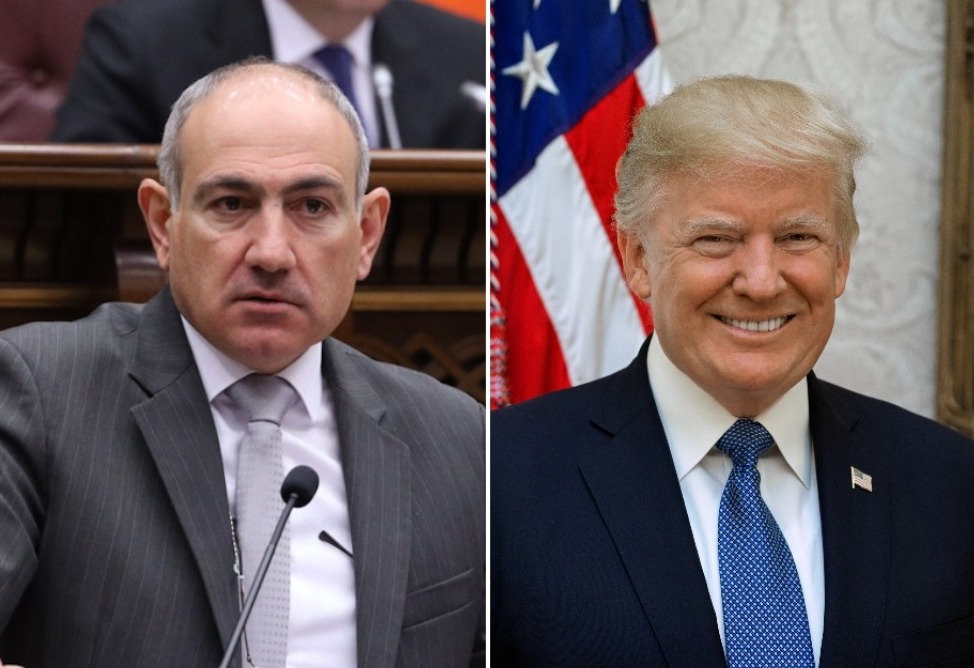Nagorno-Karabakh president slams Turkey for linking normalization of relations with Armenia with Nagorno-Karabakh conflict
17.02.2010,
00:00
Nagorno-Karabakh president Bako Sahakian slammed today Turkey for linking normalization of its relations with Armenia with progress in the settlement of the Nagorno-Karabakh conflict.
YEREVAN, February 16, /ARKA/. Nagorno-Karabakh president Bako Sahakian slammed today Turkey for linking normalization of its relations with Armenia with progress in the settlement of the Nagorno-Karabakh conflict.
Speaking to reporters after a meeting with OSCE chairman-in-office, Kazakh foreign minister Kanat Saudavayev in Yerevan, Bako Sahakian said both issues are different and solution of one has nothing to do with the other. He said this viewpoint is shared and supported also by other countries mediating Armenian-Turkish reconciliation. He said Armenia’s position and strive to establish an unconditioned lasting peace and stability in the region deserves praise.
The conflict in Nagorno-Karabakh broke out in 1988 after the predominantly Armenian-populated enclave declared about secession from Azerbaijan As Azerbaijan declared its independence from the Soviet Union and removed the powers held by the enclave's government, the Armenian majority voted in 1991, December 10, to secede from Azerbaijan and in the process proclaimed the enclave the Republic of Nagorno-Karabakh.
Full-scale fighting, initiated by Azerbaijan, erupted in the late winter of 1992. International mediation by several groups including Europe's OSCE’s failed to bring an end resolution that both sides could work with. In the spring of 1993, Armenian forces captured regions outside the enclave itself. By the end of the war in 1994, the Armenians were in full control of most of the enclave and also held and currently control seven regions beyond the administrative borders of Nagorno-Karabakh.
Almost 1 million people on both sides have been displaced as a result of the conflict. A Russian- -brokered ceasefire was signed in May 1994 and peace talks, mediated by the OSCE Minsk Group, have been held ever since by Armenia and Azerbaijan. -0-
Speaking to reporters after a meeting with OSCE chairman-in-office, Kazakh foreign minister Kanat Saudavayev in Yerevan, Bako Sahakian said both issues are different and solution of one has nothing to do with the other. He said this viewpoint is shared and supported also by other countries mediating Armenian-Turkish reconciliation. He said Armenia’s position and strive to establish an unconditioned lasting peace and stability in the region deserves praise.
The conflict in Nagorno-Karabakh broke out in 1988 after the predominantly Armenian-populated enclave declared about secession from Azerbaijan As Azerbaijan declared its independence from the Soviet Union and removed the powers held by the enclave's government, the Armenian majority voted in 1991, December 10, to secede from Azerbaijan and in the process proclaimed the enclave the Republic of Nagorno-Karabakh.
Full-scale fighting, initiated by Azerbaijan, erupted in the late winter of 1992. International mediation by several groups including Europe's OSCE’s failed to bring an end resolution that both sides could work with. In the spring of 1993, Armenian forces captured regions outside the enclave itself. By the end of the war in 1994, the Armenians were in full control of most of the enclave and also held and currently control seven regions beyond the administrative borders of Nagorno-Karabakh.
Almost 1 million people on both sides have been displaced as a result of the conflict. A Russian- -brokered ceasefire was signed in May 1994 and peace talks, mediated by the OSCE Minsk Group, have been held ever since by Armenia and Azerbaijan. -0-



